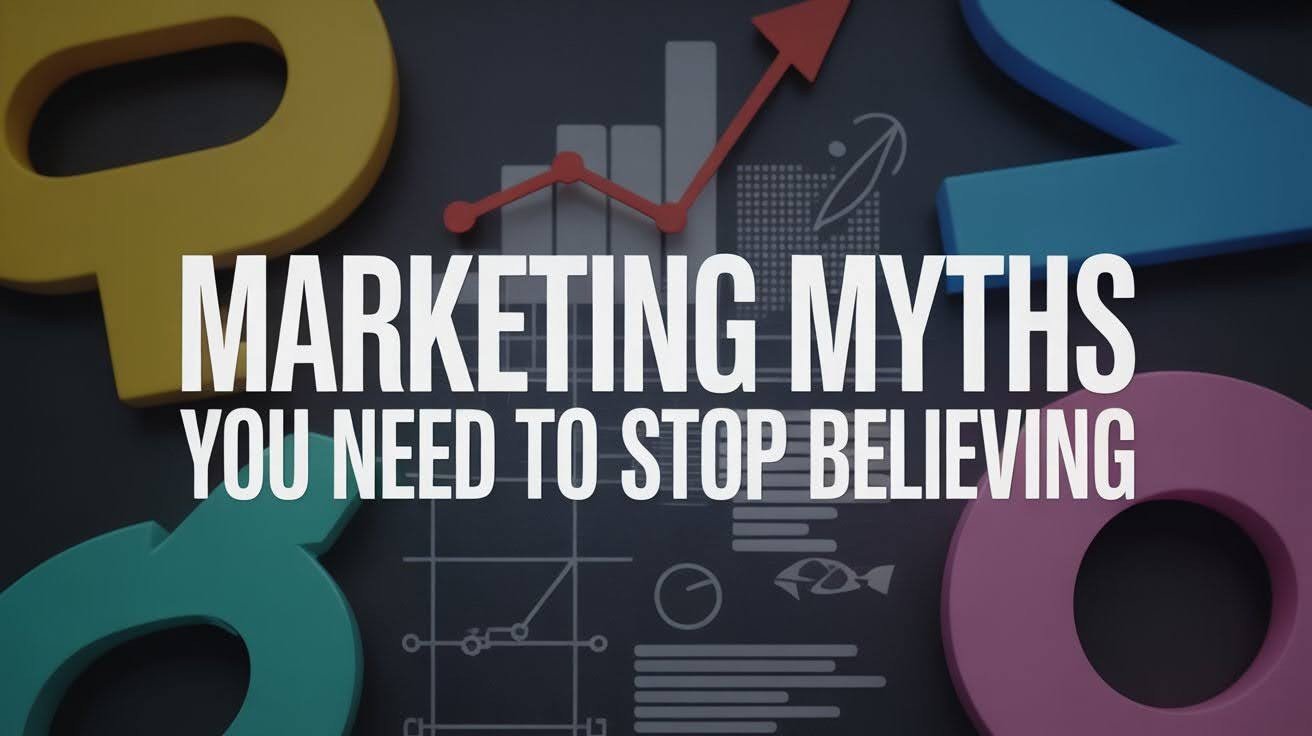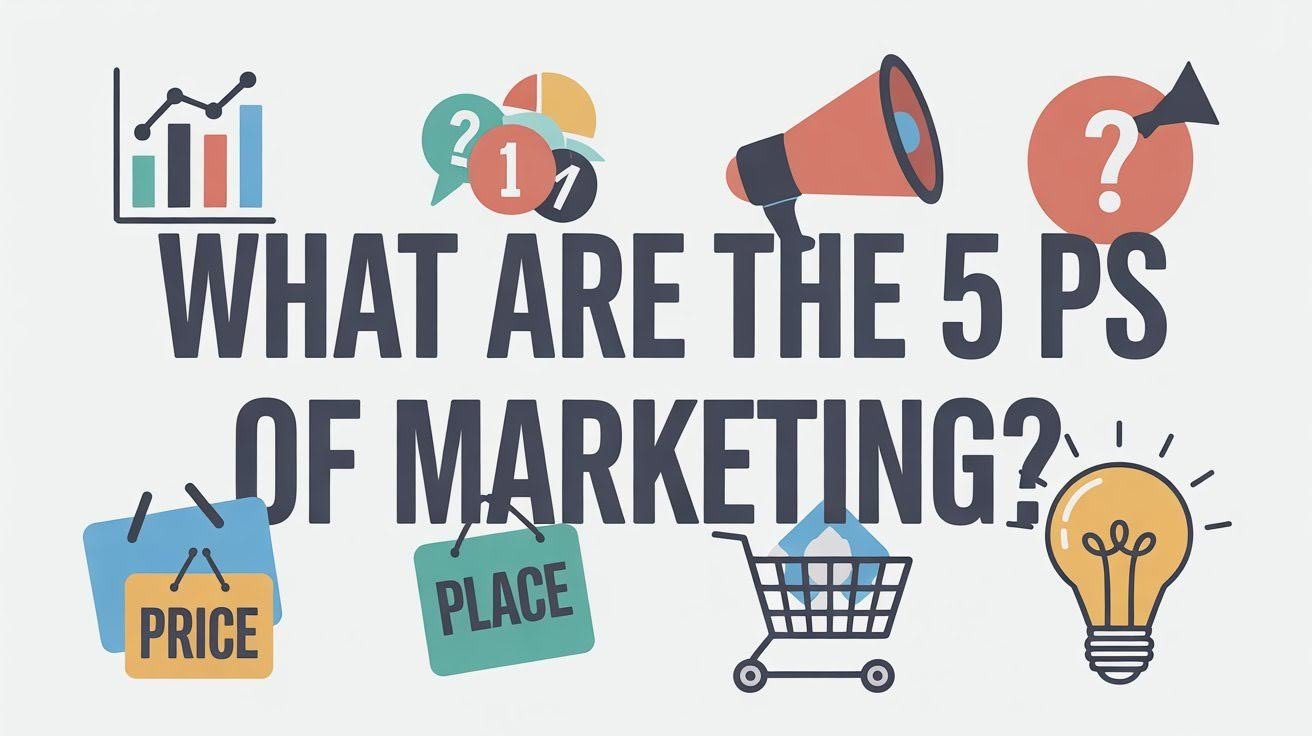I’ve spent years helping business owners grow online, and I assure you, social media marketing for entrepreneurs is something that is now required. Your business grows at the time when you reach out to new customers.
Over 4.9 billion people use social media on a day-to-day basis. Your customers are there at this moment, as they scroll through searching for the solutions you offer.
I will show you, within this guide, just exactly how it is that your business can grow by using social media.
Learning will cover which platforms work best and how to create connecting content. Real sales will be driven through a range of different strategies.
Content creation plus platform selection I’ll cover. Measuring results will be within my coverage as well. Let’s get started.
What Is Social Media Marketing?

Social media marketing means using platforms like Facebook, Instagram, and LinkedIn to promote your business. You share content, talk with followers, and build relationships that lead to sales.
For entrepreneurs, this is huge. It’s affordable. You don’t need a massive budget to start. You can compete with bigger companies by posting helpful content and responding to comments. It builds trust fast.
When people see you’re active and helpful, they believe in your brand. Best of all, you connect directly with customers. No middleman. Just real conversations that turn into sales.
Benefits of Social Media Marketing for Entrepreneurs

Brand Awareness and Visibility
Post regularly, and more people will see your business. When followers share or comment, their friends see you too. That’s free advertising. Your engagement proves you’re legitimate to new customers.
Lead Generation and Sales
Social media turns followers into buyers. Run targeted ads to reach the right people. Use built-in shopping features on Instagram and Facebook. Partner with influencers to boost sales fast.
Customer Engagement and Loyalty
Talk directly with customers through comments and messages. Run polls. Answer questions. This builds loyalty. Their feedback helps you improve your products.
Cost-Effectiveness and ROI
Traditional ads cost thousands. Social media costs less or nothing to start. When you spend on ads, analytics show what works. You adjust and improve. Every dollar targets the right audience.
Types of Social Media Marketing

Organic Content
Post without paying for promotion. Share videos, stories, and articles your audience wants. When content resonates, people share it naturally. This builds your following without spending money.
Paid Advertising
Reach specific people fast with ads on Facebook, Instagram, LinkedIn, and TikTok. Target by age, location, and interests. Even small budgets work when you target right.
Influencer Marketing
Partner with influencers who have your target audience. Micro-influencers with 10,000 to 100,000 followers often get better engagement. Their recommendations bring trust and sales.
Viral and Shareable Campaigns
Jump on trends, memes, or challenges. Create content that’s easy to share. Ask your audience to participate. One viral post can bring thousands of new customers.
Developing a Social Media Marketing Strategy

A solid strategy keeps you focused and gets results. Here’s how to build one that works.
Define Goals and Objectives
Start with clear goals. Want more followers? Higher engagement? More sales? Pick one or two main goals that connect to your business objectives. Vague goals waste effort.
Identify Target Audience
Know who you’re talking to. Their age, location, interests, and problems. This helps you create content they care about. Find out which platforms they use most.
Analyze Competitors
Look at what competitors do. What works? What fails? Learn from both. Find gaps they miss. That’s your chance to stand out.
Choose the Right Platforms
You don’t need to be everywhere. Instagram and TikTok work for visual products. LinkedIn fits B2B. Facebook reaches older demographics. YouTube works for tutorials. Pick two or three and do them well.
Create a Content Calendar
Plan posts ahead of time. Schedule content for the week or month. This keeps you consistent. Stay flexible for timely updates. A calendar prevents scrambling and keeps you on track.
Creating Engaging Content

Great content stops the scroll and gets people interested. Here’s how to create posts that connect.
Types of Content
Mix up your content. Post images, videos, Reels, carousels, polls, and tutorials.
Follow the 70-20-10 rule: 70% educational content, 20% shared content, 10% promotional posts. This balance keeps followers engaged without feeling sold to.
Content Optimization Tips
Each platform needs different content. Instagram loves vertical videos. LinkedIn prefers professional posts. TikTok wants short clips.
Use high-quality visuals. Blurry photos get ignored. Write clear, simple copy. Get to the point fast.
Repurposing Content
Don’t create everything from scratch. Turn one blog post into five social posts. Convert a video into short clips.
A LinkedIn article becomes an Instagram carousel slide. A YouTube video becomes TikTok snippets. This saves time and reaches more people.
Implementing and Managing Your Strategy

A strategy only works when you execute it well. Here’s how to manage your social media effectively.
Posting Frequency and Timing
Post when your audience is online. Check analytics to find peak times. Three to five times weekly works for most platforms. Daily posts suit Instagram and TikTok. Don’t post too much or too little.
Engaging with Audience
Reply to comments and DMs quickly. Thank people who mention you. Ask questions in posts. Run polls and contests. The more you interact, the more loyal your audience becomes.
Leveraging Tools and Automation
Use tools to save time. Hootsuite and Buffer schedule posts ahead. Canva creates graphics fast. Mailchimp manages emails. Schedule a week’s posts at once.
Use analytics to see what works. Automation handles routine tasks so you focus on strategy.
Measuring Success with Analytics

Numbers show what’s working. Track metrics to improve your results.
Key Metrics to Track
Engagement shows likes, comments, and shares. Reach tells you how many people see posts. Conversions track purchases or sign-ups. Referrals show website traffic from social media.
Analyzing and Adjusting Strategy
Review data weekly. Which posts performed best? What flopped? If videos outperform images, make more videos. Double down on what works. Drop what doesn’t. Small changes bring big results.
Common Challenges and How to Overcome Them
Every entrepreneur faces social media obstacles. Here’s how to handle common problems and keep growing your business.
Managing Multiple Platforms
Keep branding consistent across all platforms. Use the same logo, colors, and tone. Create templates for posts.
Focus on two or three platforms instead of spreading thin. Quality beats quantity.
Dealing with Negative Feedback
Stay calm and professional with negative comments. Respond quickly and politely. If criticism is valid, apologize and fix it. Don’t argue publicly. Take heated talks to private messages.
Keeping Up with Trends
Social media changes constantly. Follow industry blogs. Spend 15 minutes daily checking trends. Test new features early. Platforms reward early adopters.
Don’t chase every trend, but stay aware of what your audience cares about.
Conclusion
You now have all of the things that you may need to begin in the social media marketing world for entrepreneurs.
Many business owners grow thriving communities from zero followers now. It is consistency that pays off, even though the time that is needed.
Start small. Pick one platform, or maybe pick two. Post regularly. Talk with your audience. Adjust to and track what works now.
You are awaited now by your customers in order to connect. Don’t overthink it. Today, take that first step.
On what platform will you place focus at the start? Please comment below. I want to know. Your plans are a thing that I would love to hear.
Frequently Asked Questions
How much does social media marketing cost for entrepreneurs?
You can start with zero budget using organic posts. Paid ads typically range from $5 to $500 monthly, depending on your goals and audience size.
Which social media platform is best for small businesses?
It depends on your audience. Instagram and Facebook work well for most businesses. LinkedIn suits B2B companies, while TikTok reaches younger customers.
How often should I post on social media?
Post 3-5 times weekly on most platforms. Instagram and TikTok benefit from daily posting. Consistency matters more than frequency.
How long does it take to see results from social media marketing?
Most businesses see initial engagement within 2-3 months. Building a strong following and driving sales typically takes 6-12 months of consistent effort.
Can I manage social media marketing myself, or should I hire someone?
Start managing it yourself to learn what works. As your business grows, consider hiring help or using scheduling tools to save time.









